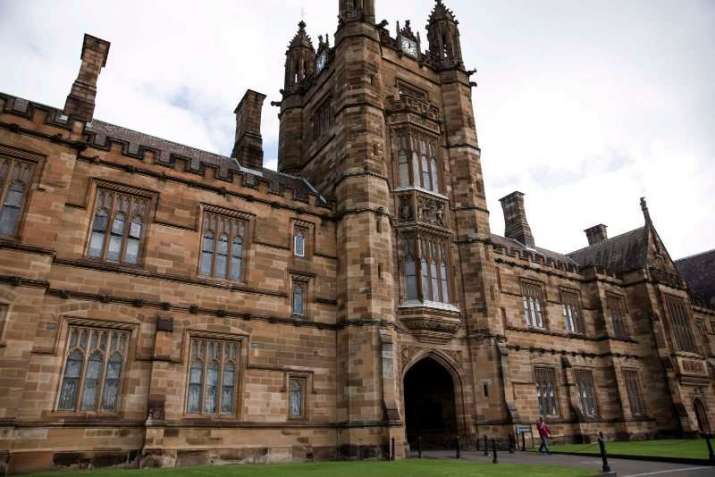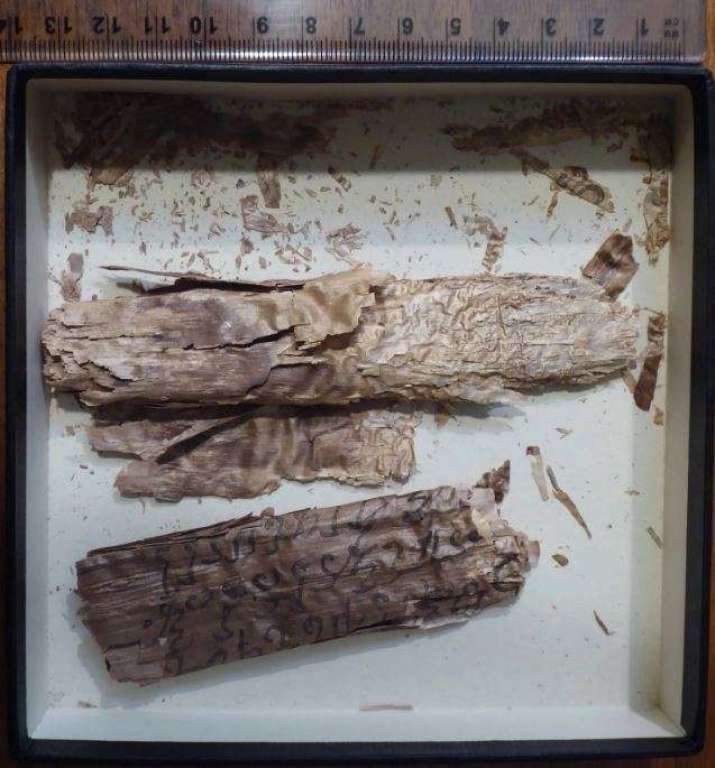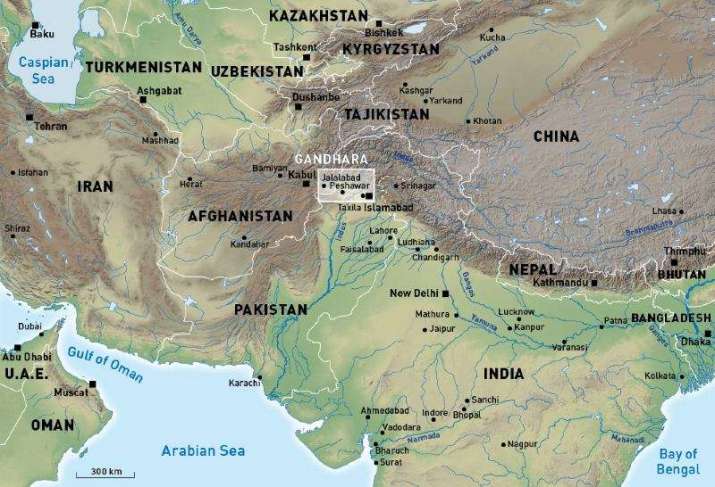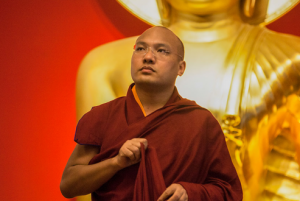
Dr. Mark Allon from the University of Sydney has been admonished by his employer for bringing fragile ancient Buddhist scrolls into Australia under unclear provenance and without proper documentation. In a statement, the university said that Allon had made an error in judgement by bringing two bark manuscripts into Australia and using the university’s crowdfunding platform to raise money to fund research into them.
The manuscripts, reportedly from the ancient region of Gandhara in present-day Pakistan and Afghanistan, are believed to be among the oldest extant documents from early Buddhism and could hold valuable clues to the early development of the religion. After raising A$26,000 (US$20,580), the crowdfunding campaign to help cover the costs of ancient Buddhist scrolls had been canceled by the University of Sydney.
Allon has defended bringing the items to Australia, saying: “If I hadn’t acted, they would have been destroyed.” (The Sydney Morning Herald)
The presence of the texts was made public in May 2019 by Allon, who at the time was launching his fundraising campaign to gather leading scholars to study and translate the texts to make them freely available to the public.* Allon claimed at the time to have had an arrangement in process with the Pakistani government and a public institution in Pakistan regarding the texts.
However, an anonymous scholar familiar with Allon’s work wrote a letter of complaint to the university, voicing concerns about the ethics and legality of the manuscripts. In September 2019, after receiving no response from the university, the scholar contacted Michaela Boland, a journalist from The Sydney Morning Herald, to share those concerns.
In a letter to Boland, the scholar said: “The study of unprovenanced artifacts is linked to an increase in their market value, perpetuates illicit excavation and the attendant destruction of archaeological context and cultural heritage, as well as supporting international criminal networks.” He continued: “If they’re from Pakistan, there is no way they could have been legally exported.” (The Sydney Morning Herald)


The head of Macquarie University’s History and Archaeology Department, Prof. Malcolm Choat, stated: “Particularly throughout conflict zones but also in many other places throughout the world, there’s widespread looting of archaeological sites. There should be a paper trail back to their original removal from the country of origin. It’s incumbent upon those of us that work with this sort of material to give as much information as possible about the circumstances in which they arrived in Australia.” (The Sydney Morning Herald)
Dr. Neil Brodie of the school of archaeology at the University of Oxford also expressed concern: “The presumption can only be [that] the manuscripts were stolen or looted and trafficked in contravention of international law for the benefit of criminal networks,” he said. “It is scandalous to see the Australian public being asked to support such research. No account of legitimate trade and ownership is provided.” (The Sydney Morning Herald)
The university noted that in addition to suspending the fundraiser, it had reviewed its policy on the use of its fundraising platform. Future projects will require more oversight and overview to ensure that projects adhere to the university’s research code of conduct.

Gandhara was the seat of several dynasties from the third century BCE to the fourth century CE. The region was at a crossroads linking India, China, Central Asia, Greece, and other civilizations and peoples. The famed Bamiyan Buddhas and many Greek-influenced statues of the Buddha and Buddhist figures show that Gandhara acted as a vibrant center for Buddhism. Archaeological work in the region is ongoing and continues to reveal new aspects of Buddhist history.
* University of Sydney in Australia Seeks Crowdfunding for Gandhari Buddhist Texts (Buddhistdoor Global)
See more
Academic tussle as ancient relics from black market brought into country (The Sydney Morning Herald)












